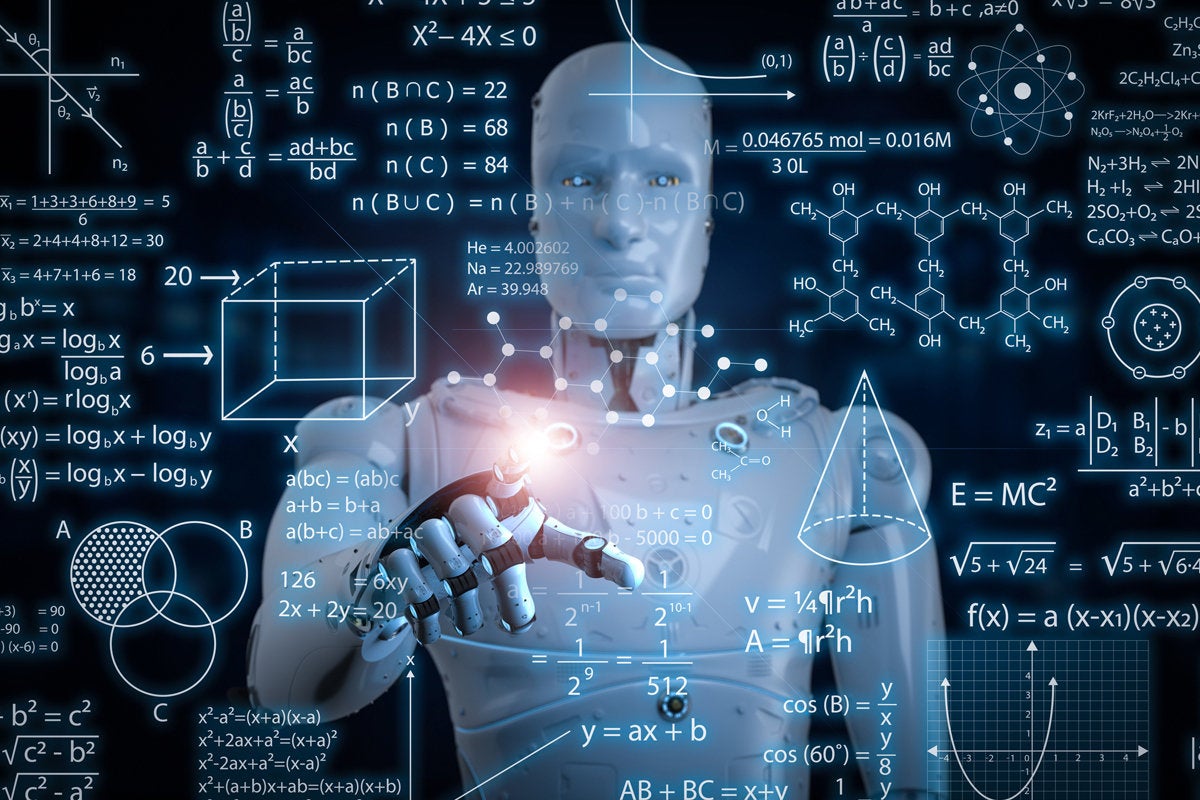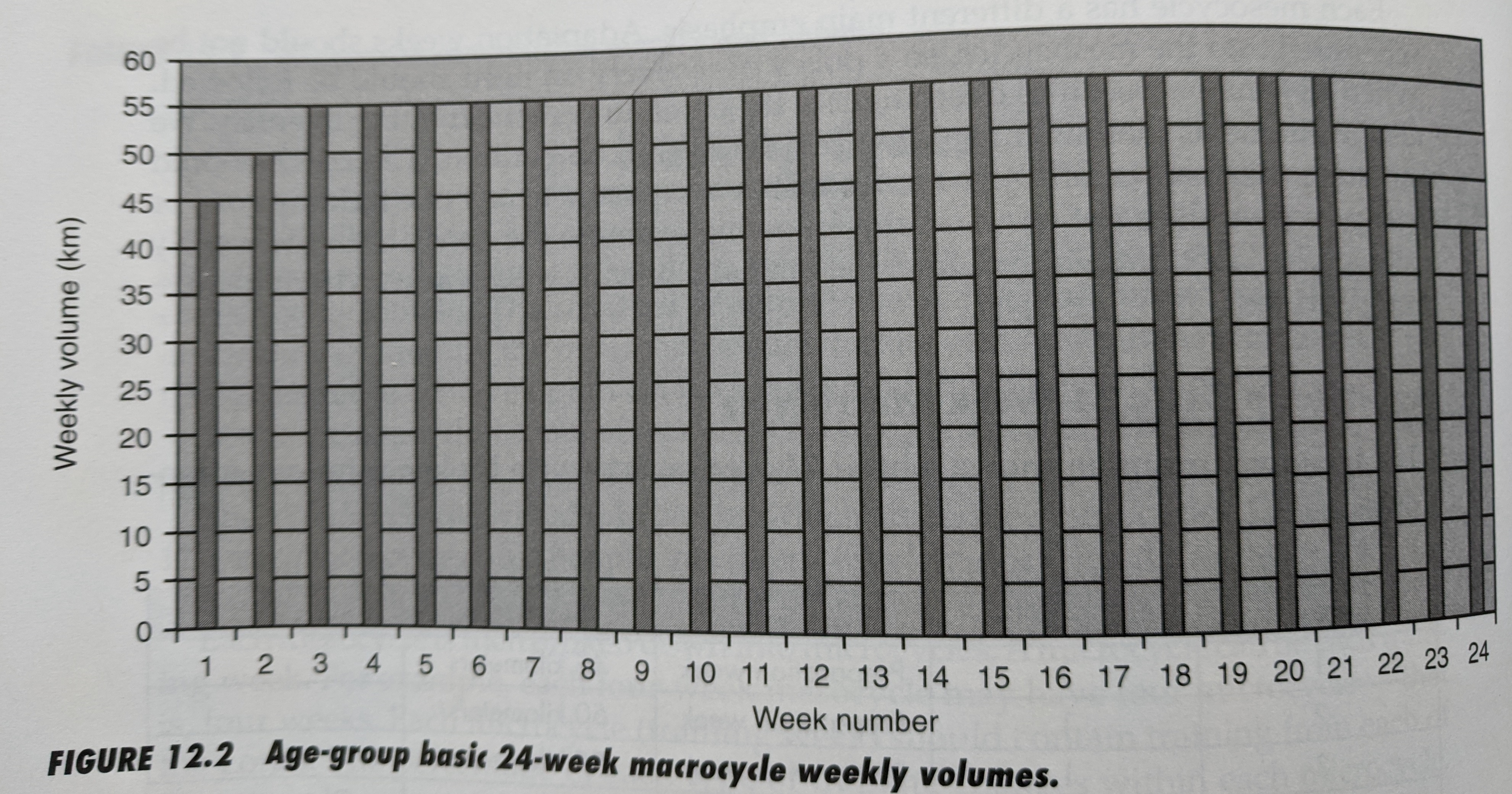What my A.I. coach has (re)taught me about
High Performance Sport
Alan Couzens, M.Sc.(Sports Science)
Jan 22, 2020

2020 is going to be an exciting year! As you probably know by now, I have been working with a new tech start-up to bring a true A.I. coach into the world. I am currently busy testing our first creation - an adaptive "brain" that takes into account my HRV, my subjective markers and my previous training load and constantly adapts my training on that basis to give me the optimal fitness and fatigue at a given date in the future. To be completely honest, the power of such a system might be a little wasted on someone with my goal of "maintain some semblance of general fitness as I get old" :-) & I'm looking forward to letting it loose on some more serious athletes but, nevertheless, it has been interesting, as someone with a long history in sport, to compare what the A.I. brain spits out with what other coaches' brains have spit out, including my own for that matter!
As I've said before, a key objective of mine going into this project was to avoid, as much as possible, the 'hard coding' of any of my pre-conceived beliefs, ideas or strategies and instead to truly enable the machine to learn and 'figure things out' for itself. The further that we get into things, the happier I am with this decision because, what I'm figuring out is that, as coaches, the machine has a lot to teach us!
Before I get into just what I'm learning from my microprocessor friend, a little background on just how the machine is able to generate its own 'thoughts' about the optimal training plan...
Our A.I. "brain" utilizes similar state of the art decision making to the landmark game-playing A.I., AlphaGo. We utilize a process called Model Based Deep Reinforcement Learning, where the computer runs thousands of simulations of various action combinations through its "brain" and we reward it for those actions that result in the best predicted performance....
In our case, in the gif above, each line springing from the root represents a different workout choice. Choices are rolled forward in time to see what sort of reward (fitness) can be expected with that line of action. As the algorithm progresses, more promising choices (the big squares above) are selected more frequently & explored more fully. So, over time the model learns the best strategies for any given starting point/node. A little different to the original AlphaGo, however, we don't explicitly teach the computer anything about optimal training "best practice" prior to letting it run its simulations, i.e. in no way do we program or provide the model with any information about 'what good coaches do'. As a consequence, the combinations of actions that the machine can come up with are limitless. It could arrive at every possibly conceivable periodization variation -- linear, undulating, block etc. It could come up with any possible combination of load recovery weeks, 2:1, 3:1, 4:1 etc. It could end up with any possible volume/intensity combination - polarized, pyramidal etc. Given this potential complexity, the most common solution that the machine arrives at as optimal might come as a bit of a surprise, it certainly did to me! And, as such it was a good reminder of one recurring lesson from my past...
A consistent, progressive, adaptive approach beats a 'fancy' overly-systemized or rigid approach 100% of the time!
Two coaches, in particular, have had an especially impactful influence on my own development as a coach: The first, former Aussie head swim coach, Bill Sweetenham, & the second, my long term friend, former business partner, & former elite triathlete, Gordo Byrn.
At the start of my post-graduate practicum at the Australian Institute of Sport, Bill Sweetenham was the head coach of the Australian Swim Team. Beyond this however, & more impressive to me, was his long term proven record as a developmental age-group coach. Personally, I have a lot more respect for coaches who develop athletes over the length of their career than for those coaches who make a habit of 'poaching' the already good talents from another program and claiming their success as their own. Bill was definitely the former. The few conversations that I had with him about how he went about structuring these super successful developmental programs stick with me to this day, not because of any earth-shattering 'super secret' training but, instead, because of how simple the approach was! (as shown below from his great book "Championship Swim Training")

In the meat of the season, his age-group swimmers would swim pretty much the same volume week after week after week. He used a 4 week cycle of training sets that was rotated through each 4 weeks with just a little progression in each set (in volume OR intensity) added in the next cycle. That's pretty much it. A short taper period at the end of each 6 months and a short ramp in at the start & this routine was run over and over and over again & this simple, consistent, approach developed some of the best swimmers that Australia has produced including distance swimming legends & WR holders, Stephen Holland and Tracey Wickham.
A further key concept of Bill's was that he didn't believe in pre-determined recovery weeks. Instead, he adopted a "recovery on demand" approach, where swimmers took rest when they displayed signs of excessive fatigue, i.e. an adaptive approach.
In the years that followed my time at the A.I.S., the lure of complexity was too strong for my brain to ignore. I researched all of the uber complex Russian and East German periodization schemes & spent way too much time searching for that one fine tuned plan tweak that would trump all of the other approaches. Of course, despite endless search, I didn't find it! But, what I did find in my search was newfound inspiration as I stumbled across the writings of a 30 something guy who had left his demanding position in the Finance world to pursue, full-time, a dream of fulfilling his potential as a professional triathlete. His name, Gordo Byrn (rolling fat tires while I roll skinny below :-)...

I was super fortunate to have the opportunity to work & train, side by side, with Gordo over many years and learn from him. Actually, re-learn might be a better term. Seeing Gordo living his "Basic Week", a consistent repeating pattern of the same sets, the same courses, getting a little stronger over each of them, week after week after week elicited vivid memories of Bill's approach. Sure, there was a few Epic aberrations from the basic week - like that time he decided to ride his bike across America :-) but, by and large, the thing that stuck out to me in my time with Gordo was the power of a consistent, incremental routine.
Fast forward another 15 years and here I am being reminded again, this time by a computer(!), that, mathematically, a consistent incremental approach trumps everything else! (Catastrophically :-) forgetting my former lessons, when I coded the Deep Reinforcement Learning algorithm that forms the basis of our brain, I was excited to see just what our 'oracle' had to say about what the optimal periodization plan was. Would Matveyev beat Issurin? How about Verkhoshansky's successive-contiguous method? So, I ran the algorithm. I watched it for hours as it ran simulation after simulation. Seeing it put together every possible combination of sessions & waiting for it to come up with that magical complex sequencing that would push the end of season performance up to the highest of heights. Instead, when I got the notification that the model had converged to the optimal solution, I was surprised by what I saw: A simple reminder that large variations from the norm create exponentially larger fatigue & that a Milo-esque slow and very steady progressive overload remains a surprisingly powerful (if, admittedly, less exciting) strategy.
And, it might be in this ambivalence to 'exciting us' or having us like it, that the machine offers us the most benefit....
"It can't be bargained with, it can't be reasoned with, it doesn't feel pity, or remorse, or fear, and it absolutely will not stop, ever, until you achieve your athletic potential. :-)
Half kidding above, of course, but it does demonstrate the power of a singularly focused, goal-seeking agent. In our context, rather than focusing its efforts, as a human coach might, on entertaining you, or appearing smart, by talking in quasi-physiological terms, or coming up with a convincing story about how this particular one session is "specifically targeting the signalling pathway responsible for mitochondrial biogenesis" or worrying about bolstering your ego by throwing in sporadic huge weeks or "no pain no gain" sessions that will make you feel accomplished in the moment but put your long term consistency at risk, instead the computer only cares about what will give you the highest projected performance on race day & so it, smartly, says...
"OK, you know that set that you've been doing for the
past 6 weeks? Add 10 minutes to it for the next 6 weeks"
Exciting? No.
Proven? Yes.
Optimal over the long term? Yes.
The additional & equally useful lesson that my A.I. brain has retaught me is the power of "recovery on demand". By not constraining the model to pre-configured work:recovery cycles but instead letting the model plan recovery for when the athlete is showing signs of fatigue (HRV, subjective markers, objective intensity v RPE etc) both the tolerance to load and the projected performance at the end of the season increase significantly. I've been very impressed by the A.I.'s ability to keep me within a "fatigue sweetspot" by dyamically reconfiguring the day to day training in accordance with morning markers. Beyond the performance benefits of this approach, there are psychological benefits to being able to get the training done with a consisitent and predictable effort level, i.e. eliminating those sessions where "I feel like crap and I'm only pushing *those* watts?"
While it might be a little paradoxical that one of the most complex Machine Learning algorithms on the planet is ultimately pushing me back to the simple, time-honored, wisdom of some truly great Human coaches, I think it is ultimately a testament to the potential of having a machine "help us out" by identifying and continually reminding us of the truly important variables. I can honestly say that despite a quarter century of coaching, I am still learning (and relearning) some important lessons with the help of my new digital friend.
Train smart,
AC
TweetDon't miss a post! Sign up for my mailing list to get notified of all new content....
